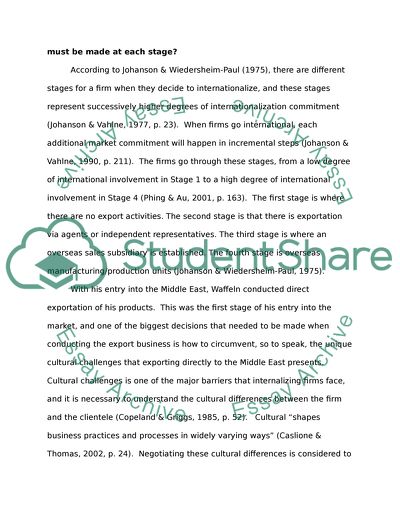Cite this document
(“An Austrian company's tale of groth, globalizition and decline Essay”, n.d.)
Retrieved from https://studentshare.org/environmental-studies/1410142-an-austrian-company-s-tale-of-groth-globalizition
Retrieved from https://studentshare.org/environmental-studies/1410142-an-austrian-company-s-tale-of-groth-globalizition
(An Austrian company'S Tale of Groth, Globalizition and Decline Essay)
https://studentshare.org/environmental-studies/1410142-an-austrian-company-s-tale-of-groth-globalizition.
https://studentshare.org/environmental-studies/1410142-an-austrian-company-s-tale-of-groth-globalizition.
“An Austrian company'S Tale of Groth, Globalizition and Decline Essay”, n.d. https://studentshare.org/environmental-studies/1410142-an-austrian-company-s-tale-of-groth-globalizition.


